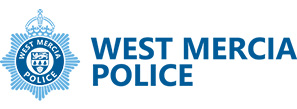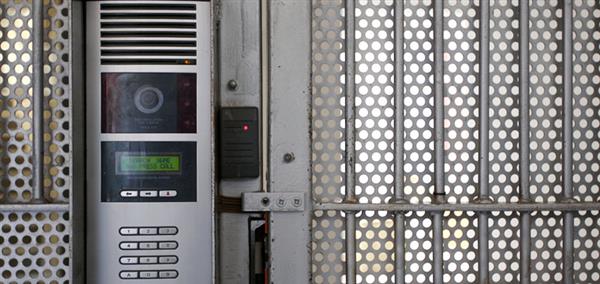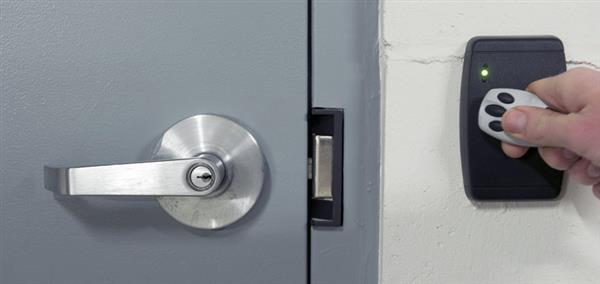|
||||
|
||||
|
|
||||
How safe is your flat?Although there are fewer points of entry to a flat, they need to be as well protected as possible. As for overall building security, all residents need to keep an eye and an ear out as well as making sure that communal front and back doors are never left open. BoundaryProtection of a flat begins from the outside. Check that the managing agent or landlord cuts shrubs and planting back regularly so that they don’t obscure anyone from view or interfere with lighting or CCTV. If you notice something’s not working properly or if a light is out, let the managing agent or landlord know so that it can be fixed straight away. OutbuildingsKeep cycle stores, bin stores, sheds and other covered areas locked and secured. These hidden spaces can attract loitering and lead to antisocial behaviour, especially after dark. Communal door
Your communal door is only effective if it is closed and secure, so always remember to check that it locks behind you. If it doesn’t, then report it to your management agent or landlord so it can be repaired quickly. Don’t ever buzz anyone in that you don’t know – even if they say that they’re expected by another resident – or let them follow you in. The best communal door entry system as recommended by the police is an audio and video entry system where residents can see and talk to a visitor before they let them in. The ideal communal door will be robust, security accredited and fitted with a good self-closing arm and two magnetic locks top and bottom. It should also be linked to the fire alarm and an electronic access control system operated by a key fob. Communal doors should automatically open and remain so in the event of a fire but be fitted with buttons or handles that allow you to manually override if needed. Key fobs
For even tighter security on communal entrances in blocks of flats, it’s always a great idea to have personalised security key fobs that can track who is leaving and entering the property. With all multiple occupancy buildings, you never know who’s coming and going. And that’s why it’s advisable to get together and get a key fob for front and rear doors to the building. You can share the expense or, if properties are rented, then approach the landlord, explaining the benefit to them. The way fobs workEach flat has its own keys plus one or two security key fobs for common entrances – dependent on the number of occupants. If someone loses their fob, they must replace it and get the security system reprogrammed. Do not label keys or fobs with the address. The added benefit, apart from closer scrutiny of visitors to the building, is that there’s no fumbling to get keys in a lock while on the doorstep. Common areasConsider where the post boxes are located as these are often targeted by criminals. Ideally, they should be in a secure lobby area and be lockable so that no one can easily fish out mail. Your flat doors and windowsFor tips on how to secure the front door of your flat, please see our detailed advice on door security. If you live on the ground floor, ensure that your windows are closed and locked every time you leave your flat. And consider an accredited burglar alarm system.
#staysafe
Many thanks | ||||
Reply to this message | ||||
|
||||
|
|
||||

|
|









